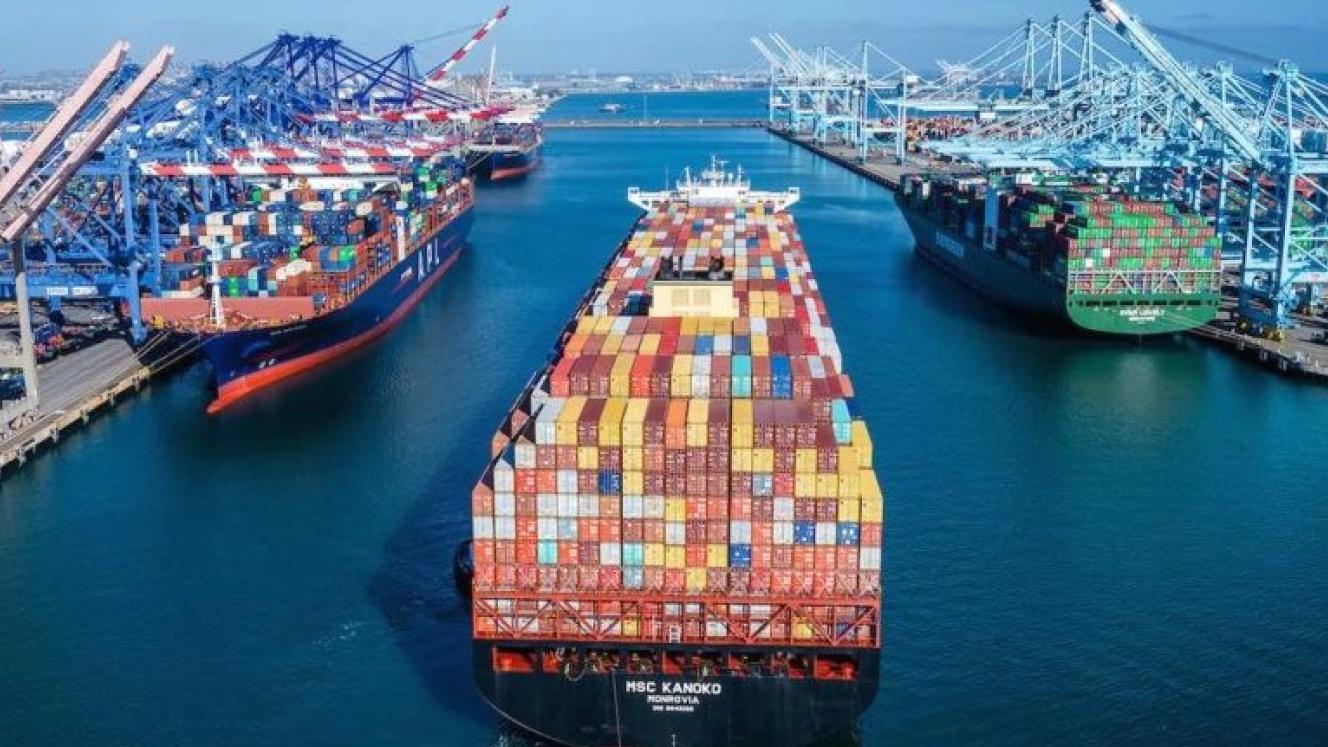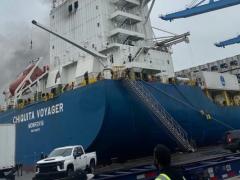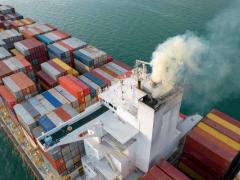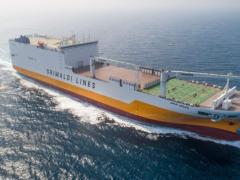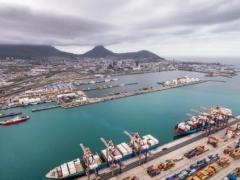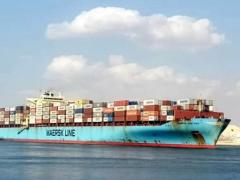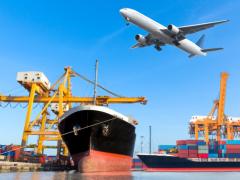The containership orderbook required by extended scheduling and requisite additional capacity to reroute EU-Asia rotations around the Cape of Good Hope (CoGH) has reached a record 10.4 million TEU, or about 31.7% of the current fleet.
This was revealed after it came to light that the fleet-expansion drives of lines avoiding Red Sea risk were the highest they had been since 2010.
The global order book now includes a mix of ultra-large container ships (ULCS) and smaller feeder/regional vessels (up to 4 000 twenty-foot boxes), with 74 such smaller vessels ordered in the first half of 2025 alone, nearly matching the full-year total for 2024.
The surge in newbuild orders was initially fuelled by post-pandemic trade booms and high freight rates in 2021-2023, prompting carriers to invest in new, often fuel-efficient vessels to meet environmental regulations.
Newbuilds predominantly comply with the International Maritime Organization’s (IMO) Carbon Intensity Index, affording carriers the ability to capitalise on demand.
The Red Sea crisis, started in November 2023 when Yemen’s Houthi rebels started attacking commercial vessel traffic south of Suez, has indirectly encouraged this expansion, as carriers ordered additional ships to maintain service reliability amid longer CoGH routes, without anticipating a swift resolution to the crisis or a potential demand slowdown.
Various maritime trade platforms report that the influx of new vessels, with one million TEU expected to be delivered by the end of 2025 and 3.3 million TEU in 2028 alone, is projected to create a supply-demand imbalance lasting until at least 2029 or 2030.
Xeneta’s data illustrates this gap: global fleet capacity has grown to 145 points (from a 2019 baseline of 100), while demand has only reached 113 points (or 130 points when adjusted for TEU-miles due to CoGH rerouting).
The oversupply is expected to drive freight rates down, as carriers compete for limited cargo volumes.
Transpacific rates to the US West Coast have already dropped to $1 759 per forty-foot container, with some carriers offering rates below $1 600/FEU.
North Europe rates have fallen to $2 100-$2 700/FEU. Analysts predict a return to pre-pandemic rate levels, which could severely pressure margins, especially for smaller carriers.
The oversupply is forecast to cause carrier earnings to bottom out around 2028, coinciding with peak vessel deliveries. JP Morgan has warned of a “multi-year period of losses” starting in 2025 due to overcapacity and weakening demand. Smaller operators, lacking diversified revenue streams, may face existential risks, while larger players like Maersk and MSC could consolidate market share.
New eco-friendly vessels, while compliant with IMO emissions standards, increase capital expenditures, and their higher operating costs (despite lower per-container CO₂) may not be offset by falling freight rates. Additionally, longer CoGH routes have raised fuel and operational costs, squeezing margins further.
Carriers are attempting to mitigate overcapacity through strategies like blank sailings.
Ocean Alliance, consisting of CMA CGA, Cosco, OOCL and Evergreen Marine, has been planning to blank 25% of North Europe sailings in August 2025, slow steaming or laying up ships.
With days remaining before September, it’s not sure whether this strategy has reaped any rewards as rates continue their downward trend,.
The Gemini Cooperation, in turn, consisting of Maersk and Hapag-Lloyd, have said it’s resisting service cuts to meet performance obligations, which could exacerbate rate declines.
Analysts from Linerlytica and Sea-Intelligence project say that the supply glut could persist until 2030 or beyond, mirroring the decade-long overhang from 2004-2009. This is worsened by low scrapping rates – only 5 454 TEU were scrapped in H1 2025 compared with 48 600 TEU in H1 2024 – due to strong freight and charter markets and carriers’ reluctance to retire vessels after recent disruptions.
Global container volumes are expected to grow by 3% in 2025, but potential headwinds in 2026, such as economic slowdowns or geopolitical shocks – US tariffs on Chinese imports – could further dampen demand.
Amid much of the wider conversion that shippers should seek near-sourcing alternatives to supply chain disruption, the liner trade’s focus has shifted to smaller feeder and regional vessels of up to 4 000 TEU.
It reflects carriers’ attempts to serve intra-regional trades, but this segment’s rapid order growth adds to the overcapacity risk, particularly in markets with slower demand growth.
